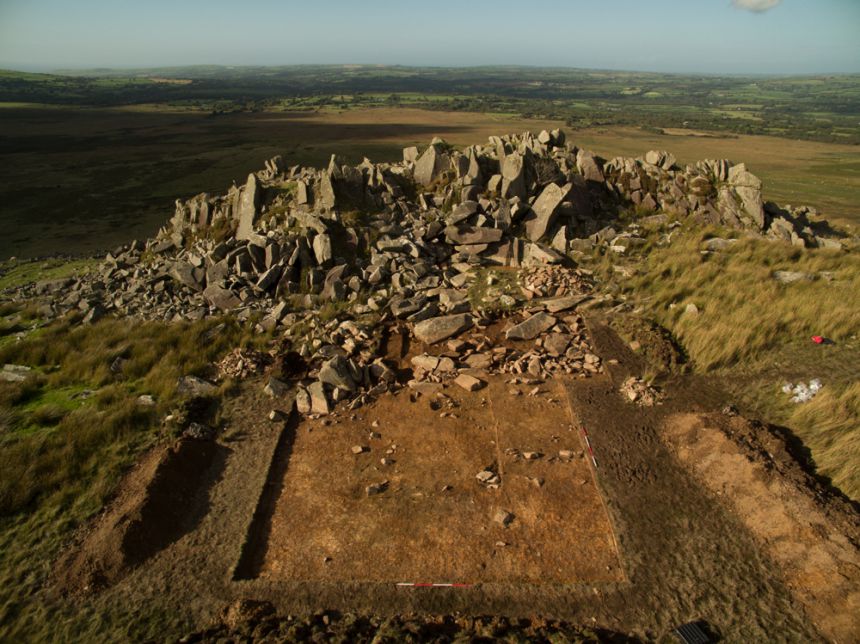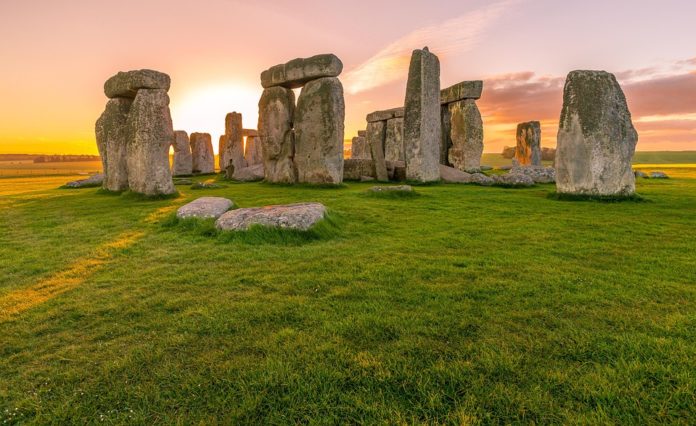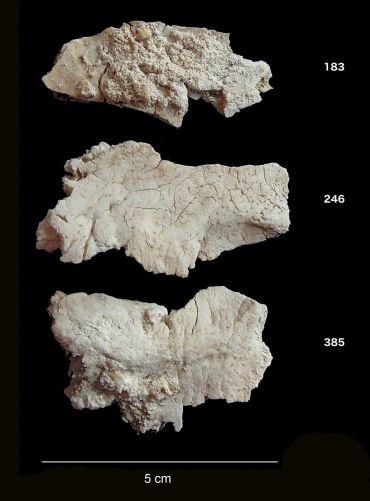Stonehenge is a massive stone monument located on a chalky plain north of the modern-day city of Salisbury, England. In many people’s mind, Stonehenge is the most mysterious place in the world.
Until now, no one did know nothing about who built Stonehenge and why. Now a new study by the Oxford University along with UCL, Université Libre de Bruxelles & Vrije Universiteit Brussel), and the Muséum National d’Histoire Naturelle de Paris, France, have shed light on it.
Scientists examined the number of ancient remains buried at the historic site more some 5,000 to 4,400 years ago. With authorization from Historic England and English Heritage, the group analyzed skull bones from 25 people to all the more likely comprehend the lives of those covered at the famous landmark.
According to scientists, these remains were originally excavated from a network of 56 pits in the 1920s, placed around the inner circumference and ditch of Stonehenge, known as ‘Aubrey Holes’.
Examination of little sections of incinerated human bone from an early period of the site’s history around 3000 BC, when it was basically utilized as a cemetery, demonstrated that no less than 10 of the 25 individuals did not live close Stonehenge before their death.
Rather, they found the most elevated strontium isotope proportions in the remaining parts were reliable with living in western Britain, an area that incorporates west Wales – the known wellspring of Stonehenge’s bluestones.
In spite of the fact that strontium isotope proportions alone can’t recognize places with comparable qualities, this association proposes west Wales as the doubtlessly starting point of in any event a portion of these individuals.

The study shows that people were also moving between west Wales and Wessex in the Late Neolithic, and that some of their remains were buried at Stonehenge. The results emphasize the importance of inter-regional connections involving the movement of both materials and people in the construction and use of Stonehenge, providing rare insight into the large scale of contacts and exchanges in the Neolithic, as early as 5000 years ago.
Lead author Christophe Snoeck said: “The recent discovery that some biological information survives the high temperatures reached during cremation (up to 1000 degrees Celsius) offered us the exciting possibility to finally study the origin of those buried at Stonehenge.”
John Pouncett, a lead author on the paper and Spatial Technology Officer at Oxford’s School of Archaeology, said: “The powerful combination of stable isotopes and spatial technology gives us a new insight into the communities who built Stonehenge. The cremated remains from the enigmatic Aubrey Holes and updated mapping of the biosphere suggest that people from the Preseli Mountains not only supplied the bluestones used to build the stone circle, but moved with the stones and were buried there too.”
Rick Schulting, a lead author on the research and Associate Professor in Scientific and Prehistoric Archaeology at Oxford, explained: “To me the really remarkable thing about our study is the ability of new developments in archaeological science to extract so much new information ¬from such small and unpromising fragments of burnt bone. Some of the people’s remains showed strontium isotope signals consistent with west Wales, the source of the bluestones that are now being seen as marking the earliest monumental phase of the site.”
Commenting on how they came to develop the innovative technique, Prof Julia Lee-Thorp, Head of Oxford’s School of Archaeology and an author on the paper, said: ‘This new development has come about as the serendipitous result of Dr. Snoeck’s interest in the effects of intense heat on bones, and our realization that that heating effectively “sealed in” some isotopic signatures.’
Dr. Schulting further added, “Our results highlight the importance of revisiting old collections. The cremated remains from Stonehenge were first excavated by Colonel William Hawley in the 1920s, and while they were not put into a museum, Col Hawley did have the foresight to rebury them in a known location on the site, so that it was possible for Mike Parker Pearson (UCL Institute of Archaeology) and his team to re-excavate them, allowing various analytical methods to be applied.”
The study is published in the journal Nature Scientific Reports.

